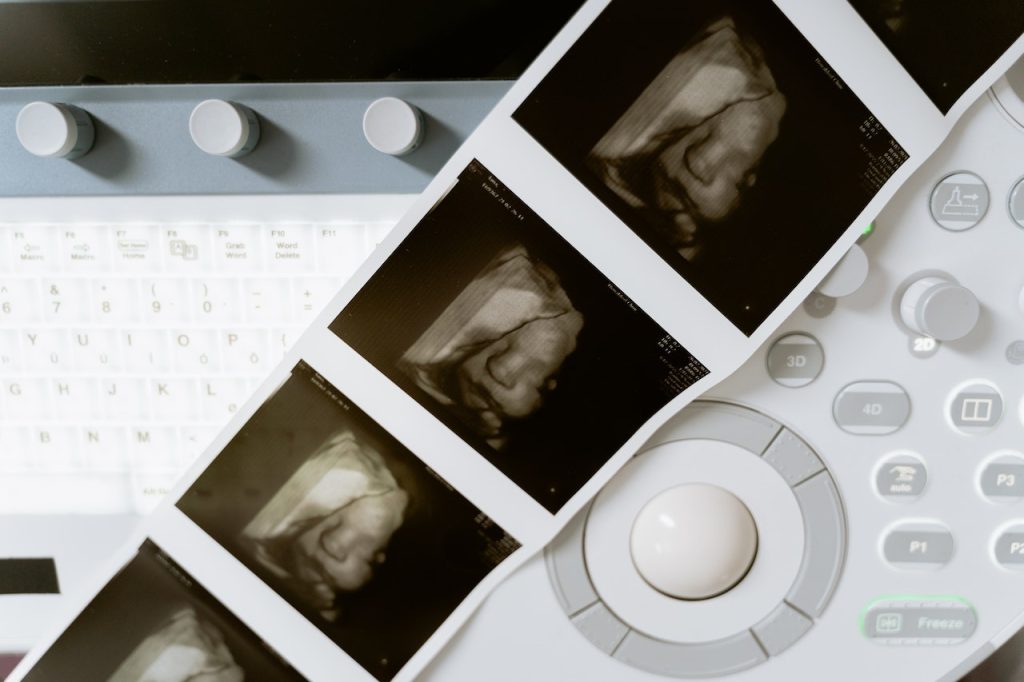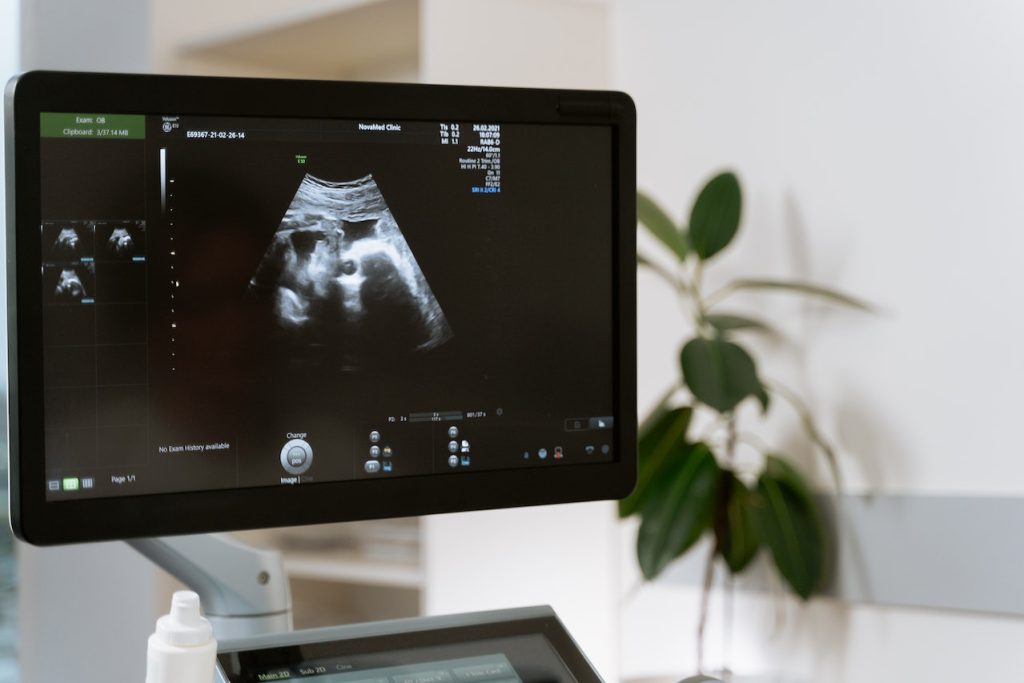Vaginal Birth After Cesarean (VBAC): A Second Chance for Natural Childbirth
Vaginal birth after cesarean (VBAC) is a medical option that allows women who have previously undergone a cesarean section (C-section) to attempt a normal vaginal birth for their subsequent pregnancies. This topic has gained significant attention as medical advancements and improved understanding of the risks and benefits have reshaped the way healthcare professionals approach childbirth. The question of whether a normal vaginal birth is possible after one C-section is a critical one that takes into account a variety of factors, including maternal health, medical history, and the risks associated with each delivery method.

The VBAC Option
In the past, once a woman had a C-section, her subsequent pregnancies often resulted in scheduled cesarean deliveries. This approach was primarily driven by concerns about the potential risks associated with a vaginal birth after a previous C-section, such as uterine rupture at the scar site. However, advancements in medical knowledge, technology, and improved surgical techniques have led to a reevaluation of this practice.
Medical experts now recognize that many women who have had a C-section can safely attempt a vaginal birth in subsequent pregnancies. The appropriateness of attempting VBAC depends on factors such as the type of uterine incision used in the previous C-section, the reason for the initial C-section, the length of time between pregnancies, and the overall health of the mother.

Benefits of VBAC
VBAC offers several potential benefits for women who are eligible candidates. These benefits include:
Reduced Risks: VBAC can lower the risks associated with multiple cesarean deliveries, such as infection, bleeding, and complications related to surgery.
Shorter Recovery Time: Recovery from a vaginal birth is generally faster and less complicated compared to a C-section, allowing mothers to return to their daily routines sooner.
Fewer Surgical Complications: Avoiding surgery reduces the risk of surgical complications, such as wound infections and adhesions.
Potential for Future Pregnancies: A successful VBAC can increase the likelihood of having more children without the need for repeated C-sections.
Risks and Considerations
While VBAC is a viable option for many women, there are potential risks and considerations that healthcare providers and expectant mothers should keep in mind. These include:
Uterine Rupture: Although the risk is low, uterine rupture can occur during a VBAC, especially in cases of certain uterine incisions or other risk factors.
Monitoring: Close monitoring during labor is essential to detect any potential complications and respond promptly if needed.
Emergency C-section: In some cases, labor may not progress as expected, necessitating an emergency C-section.
Patient Preferences: Some women may choose to schedule a repeat C-section due to personal preferences, concerns, or prior traumatic birth experiences.

Conclusion
The possibility of having a normal vaginal birth after one C-section, known as VBAC, is a decision that should be made in consultation with a qualified healthcare provider. Advances in medical understanding, improved surgical techniques, and careful patient selection have made VBAC a safe and viable option for many women. However, individual circumstances vary, and it’s important for expectant mothers to discuss their preferences and concerns with their healthcare team to make an informed decision about the most appropriate delivery method for their unique situation.

